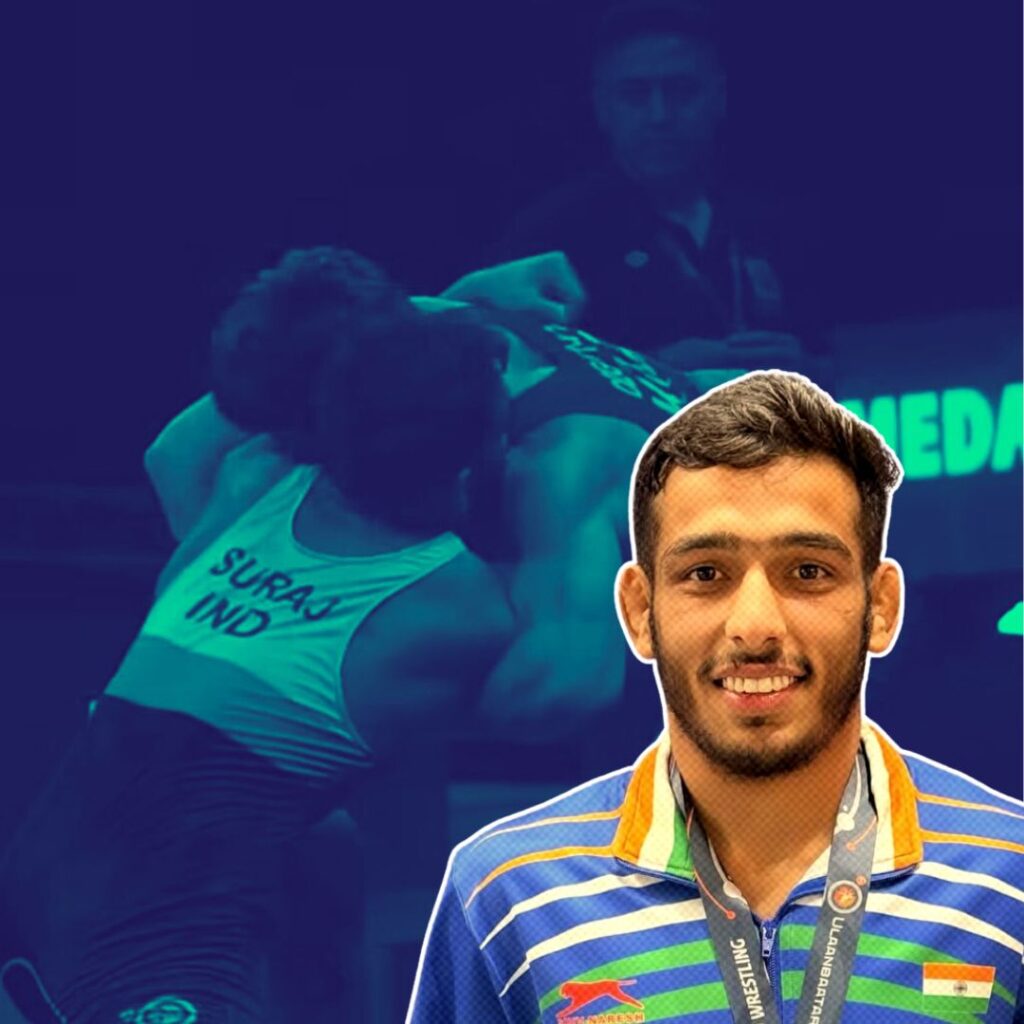Eight months of hard work, a team of seven youngsters from Tamil Nadu, a contest involving designs and models from 57 countries, and a winning model of a satellite that is only 64 grams in weight: seven Indian students have made the country proud by designing the world’s lightest and smallest satellite.
The team’s satellite was launched from NASA’s Wallops Space Center on Thursday, 22 June. The launch was celebrated by the team and a large crowd in Chennai.
Chennai: Students who built the world’s smallest satellite, rejoice after its launch. The satellite weighing 64 grams was launched by NASA. pic.twitter.com/ak7NP9KzUO
— ANI (@ANI_news) June 22, 2017
The Logical Indian spoke to the team’s leader, Rifath Shaarook recently. Rifath is only 18 years old and extremely passionate about space. He grew up in a science-crazy household, with his small room in Pallapatti, Karur, Tamil Nadu serving as his first research station.
“My dad, Mohamed Farook, was a scientist who did independent research in astronomy,” Rifath said. “He was an EC Engineer. He passed away in 2008 when I was 9. We always talked about space and astronomy in my childhood. I used to tell him that, one day, I would launch a satellite of my own. Now that’s dream is coming true but, sadly, my dad is no more with me.”
Rifath is a Lead Scientist at Space Kidz India, which is an ambassador of NASA. The organisation promotes scientific education and research among India’s youth. It is also a member of the NASA Kids Club. “We get periodical newsletters from NASA listing all the contests and opportunities. From that, we came to know about the contest – Cubes in Space.”
It was this competition, Cubes in Space, that Rifath and his team participated in and emerged among the handful of winners. 80 models were selected from the thousands of submissions from 57 countries. Rifath’s team were the only winners from India. It took them over eight months’ hard work to achieve success.
KalamSat
The satellite has been named KalamSat in honour of former Indian President and scientist APJ Abdul Kalam. KalamSat weighs only 64 grams and is engineered to capture and record temperature, atmosphere, radiation level and rotation buckling, among other things, once in orbit.
“First of all, it is a technology demonstrator mission. We have developed some new technologies and we are experimenting it real space environment. It is fully 3D printed with carbon fibre polymer except for the electronics. It will help reduce the size of future satellites so the launch will be more economical and it will help in building better spacecraft in future.”
When The Logical Indian met with Rifath, he had just received his Plus Two results. “I just got my Plus Two result a few days ago – I got 62.5%,” the young achiever laughed.
After losing his father at the tender age of 9, Rifath was raised by his mother and extended family. “My uncle and his family took care us,” he said. “They are huge supporters; they never pressurised me in studies at any moment. Dr Srimathy Kesan, our organisation’s CEO and godmother of our team, is like my non-biological mother.”
KalamSat is not Rifath’s first invention: at the age of 15, he built a helium weather balloon as a part of a national competition for young scientists.
Rifath and his team’s KalamSat was launched by NASA’s SR4 rocket from Virginia on 22 June. It will be in a four-hour mission and in sub-orbital flight for 12 minutes before landing in the ocean. The main purpose of the satellite is to demonstrate the performance of 3D printed carbon fibre.
Rifath’s journey is only beginning. “Our ultimate goal is to build a private space agency like SpaceX in India. We want to make space accessible to everyone. One more organisation for our country will boost our space research activities.”
“Have DOSA.”
Addressing The Logical Indian’s readers, Rifath said, “Don’t take any negative comments about you; deflect them back with your achievements. And never give up. Also, have DOSA in your life.”
And what is DOSA, according to Rifath? “Diligence, out-of-the-box thinking, self-motivation, and ambition.”
The Logical Indian community applauds the efforts and intelligence of Rifath and his team. KalamSat is a monumental achievement, especially for a team so young. We wish the team the very best for their future endeavours and hope that they manage to achieve all their dreams and propel India’s space programme further.
[NOTE: The article was updated following the launch of the team’s satellite on 22 June 2017.]











